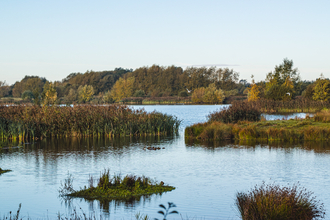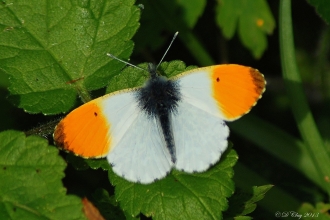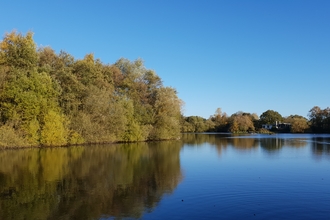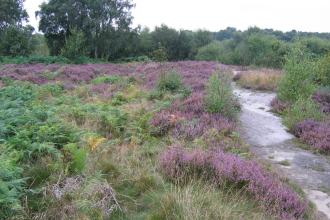
Willington Nature Reserve by George Bird

Bittern, Elliott Neep
Willington Gravel Pits, Derbyshire Wildlife Trust

(C) George Bird

Emperor Dragonfly, Tony Pioli
Willington Wetlands
Location
Know before you go
Dogs
When to visit
Opening times
Open all yearBest time to visit
This former gravel quarry is teeming with bird life all year round, from ducks in winter to sand martins and common terns in summer.About the reserve
This former sand and gravel quarry provides a haven for wildlife in the Trent Valley.
The flooded gravel pits form an important wetland habitat attracting many rare birds in addition to a variety of more common species.
The reserve is particularly important for its wetland habitats, from open water to reed bed. Beavers now call Willington home, thanks to a beaver reintroduction that took place in September 2021 following years of planning. Beavers are a special species that can play a particularly crucial role. As they go about their day to day life shaping the wetlands for their own benefit, they have a huge impact on the surrounding areas. By digging canal systems and damming water courses, they create diverse wetland areas and homes for other animals such as otters, water voles and water shrews. If you would like to visit to try and spot the beavers, please follow our guidelines here. You can also read more about the project here.
The shingle and grass islands provide a refuge for birds and are ideal for breeding waders.
The reed along the edges of the pools and in the old silt lagoon is home to a range of species and the grassland and duck marsh provide rich feeding for many species and breeding cover for others.
All year round the reserve is rich in bird life. In winter, large flocks of wildfowl gather, including wigeon, teal, pochard and shoveler.
In early spring, curlew gather on the wet grassland before they head north to their breeding grounds. During spring and autumn up to 20 species of wader pass through. Among the birds that breed at Willington are sand martins, lapwings and common tern.
Birds of prey also visit the reserve - these include peregrine, kestrel, hobby and sparrowhawk, as well as the very occasional marsh harrier. In recent winters, bittern has been seen at the reserve.
In addition to birds, Willington's wetlands also attract several species of dragonfly and damselfy as well as otters. The conditions suit water plants such as short-leaved water starwort.
Habitat
Contact us
Take a look at the latest sightings

Willington Wetlands Project Update
One of our aspirations at Willington Wetlands Nature Reserve is to encourage more visitors to this special place.

Sightings Blog - 2022 Blog #7
Your wildlife sightings in early April 2022
Sightings Blog - 2022 Blog #6
Your wildlife sightings in Derbyshire in late March 2022

Sightings Blog - 2022 Blog #5
Your wildlife sightings in Derbyshire in early March 2022
Sightings Blog - 2022 Blog #3
Your wildlife sightings in Derbyshire in Derbyshire in Late January & Early February
Sightings Blog - 2022 Blog #4
Your wildlife sightings in Derbyshire in Mid and Late February 2022
Nearby nature reserves
Download our nature reserve leaflets
Check out the reserve map
Willington Gravel Pits reserve map



